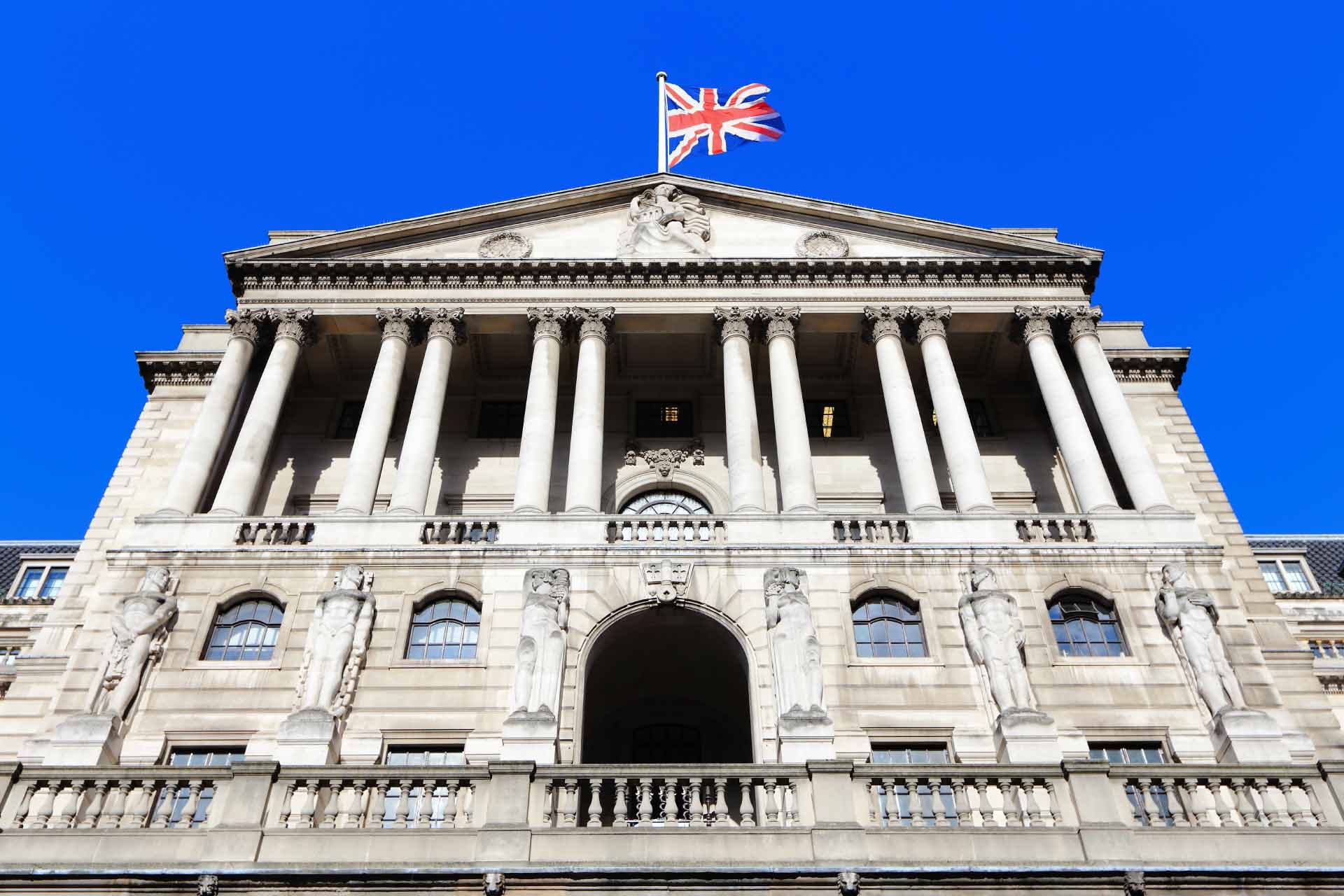What Ben Bernanke’s review might change in the Bank of England’s forecasting models
Posted on: 4 April 2024 by Professor Costas Milas in Research

Professor Costas Milas makes suggestions of what the Bernanke Review should include, ahead of the publication of Ben Bernanke's review of the Bank of England’s forecasting models.
Many believe that Bernanke will recommend providing forecasts of inflation and GDP growth based on Fed-style interest rate plots, but that is far from certain.
| This blog was orginally published in the LSE Business Review |
Ben Bernanke, former chair of the US Federal Reserve Board (Fed), has carried a review of the Bank of England’s (BoE) forecasting models. His recommendations are due this week. Central banks are quite conservative in the sense that they (generally) take policy decisions in measured and cautious steps. Think about raising interest rates by 25 basis points most of the time rather than pursuing interest rate increases of 50 or even 75 basis points. This is because big changes in interest rates introduce uncertainty both for businesses and consumers and therefore risk damaging economic growth by delaying investment and spending decisions. Consequently, it would be tempting to expect moderate rather than radical changes implemented in the BoE’s (forecasting) models. This, however, is far from certain as radical changes will go a long way towards addressing the forecasting failures of the BoE in the recent past.
Many believe that Ben Bernanke will suggest a new version of the Bank of England’s Monetary Policy Report which will provide forecasts of inflation and GDP growth based on Fed-style interest rate plots. The idea is that Monetary Policy Committee (MPC) members will anonymously provide their future forecasts of interest rates. These forecasts will enter as inputs to provide inflation and GDP forecasts of the UK economy up to three years into the future.
Moving to this Fed-style dot plot rather than conditioning forecasts on market expectations of interest rates is worth pursuing because financial markets have historically been mistaken about the Bank’s policy rate. In fact, figure 1, which plots the market expectations of UK interest rates two years ahead together with the actual policy interest rate, shows that financial markets have over-predicted the Bank’s policy rate by an average of 1.07 percentage points per annum between late 2006 and early 2022. Since early 2022, however, financial markets have under-predicted the Bank’s policy rate by an average of 3.28 (!) percentage points a year, which, to some extent, flags the challenges of the ongoing geopolitical risk.
Figure 1. Market expectations of BoE’s policy rate and actual policy rate

Data sources: Market expectations of interest rate from successive BoE Monetary Policy Reports. Policy rate from the BoE.
Nevertheless, moving to a Fed-style dot plot framework is far from certain. MPC members are employed by the Bank of England to decide on interest rates today with the aim of hitting the 2 per cent CPI inflation target two to three years into the future. It is not their job to simultaneously decide on current interest rates and future interest rates. I sense that MPC members might feel uncomfortable adopting a Fed-style dot plot framework. If MPC members have already communicated this to Bernanke, I also sense he will not suggest a Fed-style plot! Why is that? It will be extremely embarrassing for the MPC and Bernanke if he suggests a Fed-style dot plot only for them to reject it!
So, if, and this is a big if, Bernanke does not suggest a Fed-style dot plot, what other suggestions can he make?
I will start with the observation that the fan charts, currently employed by the Bank’s Monetary Policy Report, provide forecasts based on the mode (that is, the most likely outcome), average, and median forecast. The fan charts also offer a range of probability forecasts, such as the probability of inflation being too high or too low. Admittedly, this is too much information. Instead, I would like to see three main suggestions in Bernanke’s review.
First, continue reporting the most likely inflation and GDP growth outcome (forecast) based on interest rates staying at their current level up to three years down the road. Consider this the “baseline” forecast which is easy to digest because it asks the following simple question: if the MPC members take no further interest rate action over the next two to three years, what is going to happen to inflation and GDP growth? In fact, this “baseline” forecast has historically been more valuable than the forecast based on market expectations of interest rates. Since 2006, the “baseline” forecast has under-estimated two-year ahead inflation by an annual average of 0.77 percentage points, whereas the forecast based on market expectations of interest rates has underestimated two-year ahead inflation by an annual average of 0.93 percentage points.
Second, the most likely inflation and GDP growth outcome (forecast) based on the average interest rate expectation of the nine MPC members two to three years down the road. Consider this as a “light version” of the Fed-style dot plot.
Third, I would like Bernanke’s review to also focus on the use of money, the latter measuring liquidity in the economy. So far, the Bank of England appears to be ignoring “Divisia money”. Divisia money is a powerful measure of liquidity that weights the components of money based on their likelihood of being spent. Notes and coins have a higher weight than money held in mutual funds, for example. The idea is that higher (lower) liquidity (money, that is) raises (lowers) inflation and GDP growth. In fact, Divisia money captures the effect of quantitative easing (QE), in which central banks have tried to stimulate their economies by “creating” money. My own research has shown that Divisia money is a powerful predictor of GDP growth and more so when GDP growth is either weak, or the economy is already in recession (the UK was been in recession during the second half of 2023). At the same time, Divisia money predicts UK inflation quite well. So, why ignore money in when it improves UK economic forecasts? At the end of the day, better forecasts will help the Bank’s MPC members take better policy decisions now.
Last but not least, it has been argued that any central inflation forecast could be accompanied by a scenario of high inflation as well as a scenario of low inflation. This carries extra risks. If, for instance, MPC members believe that a high-inflation scenario is more likely than a low one, they would be tempted to overtighten policy now, therefore invalidating their central inflation forecast.
 |
Professor of Finance |
Keywords: Accounting and Finance, Macroeconomics, Monetary policy, GDP growth, Inflation, LSE Business Review.